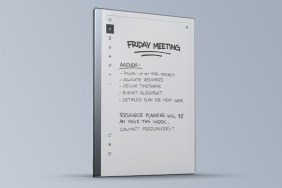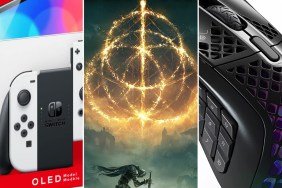When the Walls Come Tumblin’ Down
As popular tech/media saturation increases (and the time-periods between newer and newer permutations of media-forms decrease), we’re all going to keep seeing new—and in more and more cases, ironic—definitions of “nostalgia.” Already, in this year of 2008 (or, “-15 B.A.,” if you’re into that kind of icky mindset ), we’ve seen countless…










